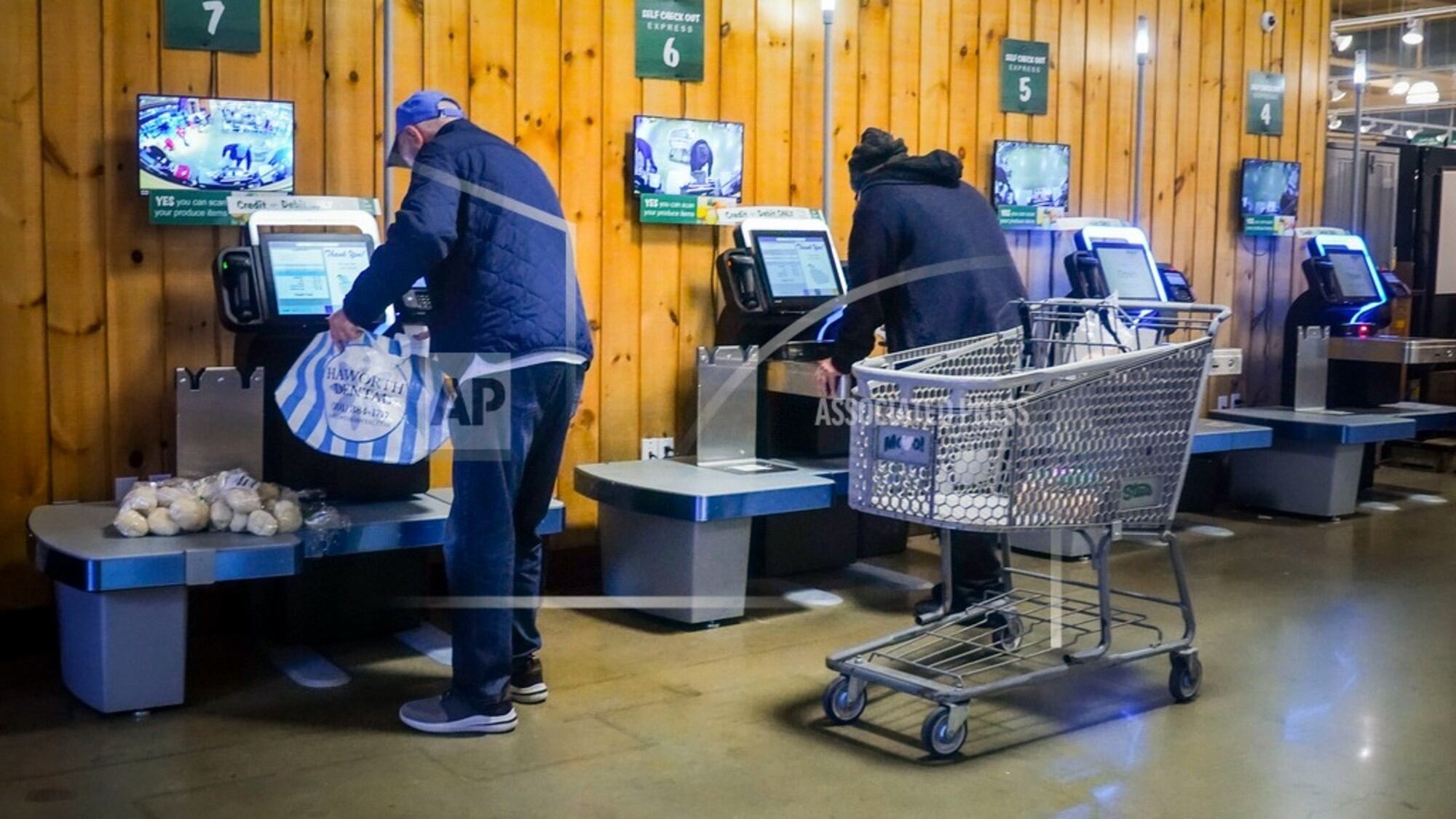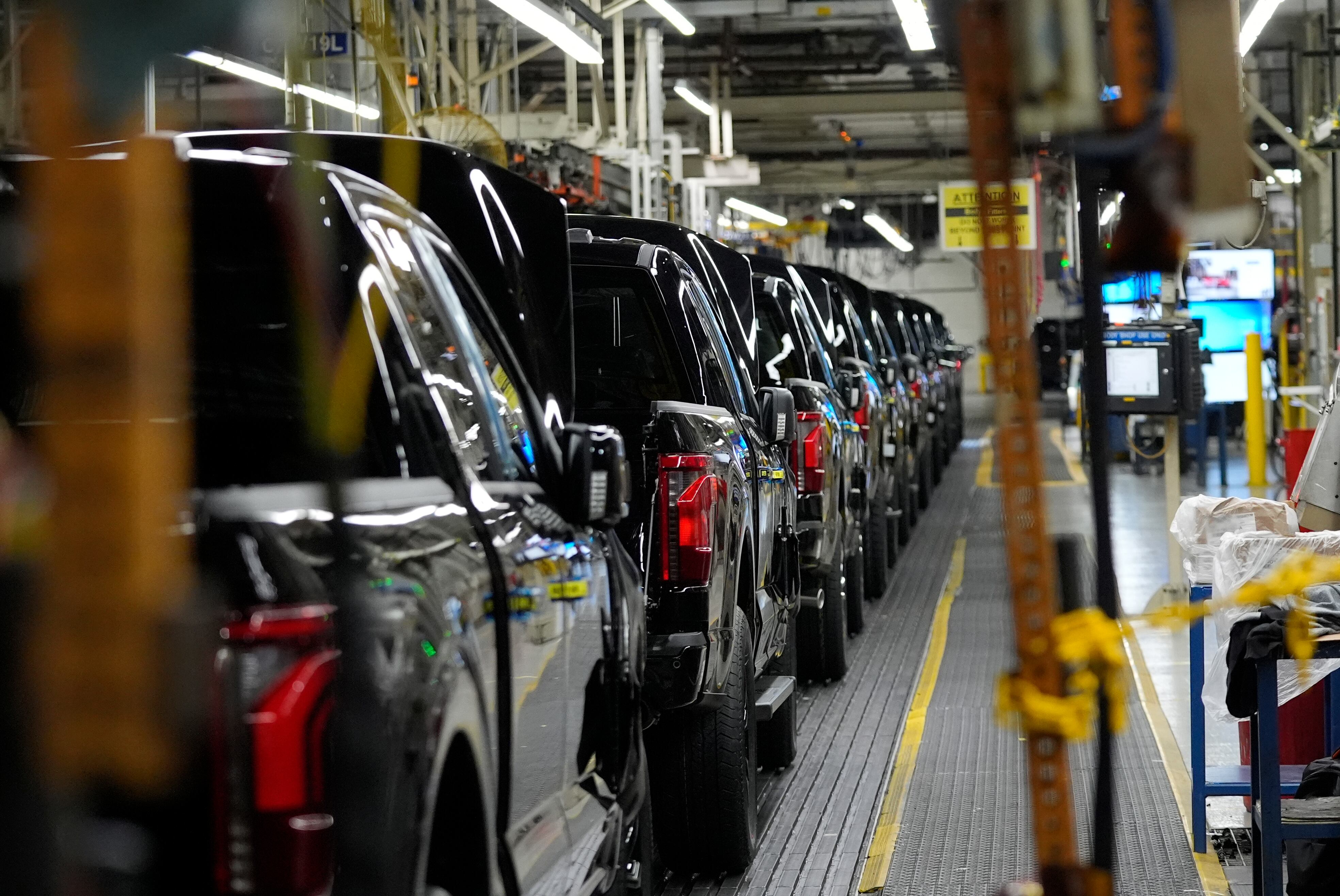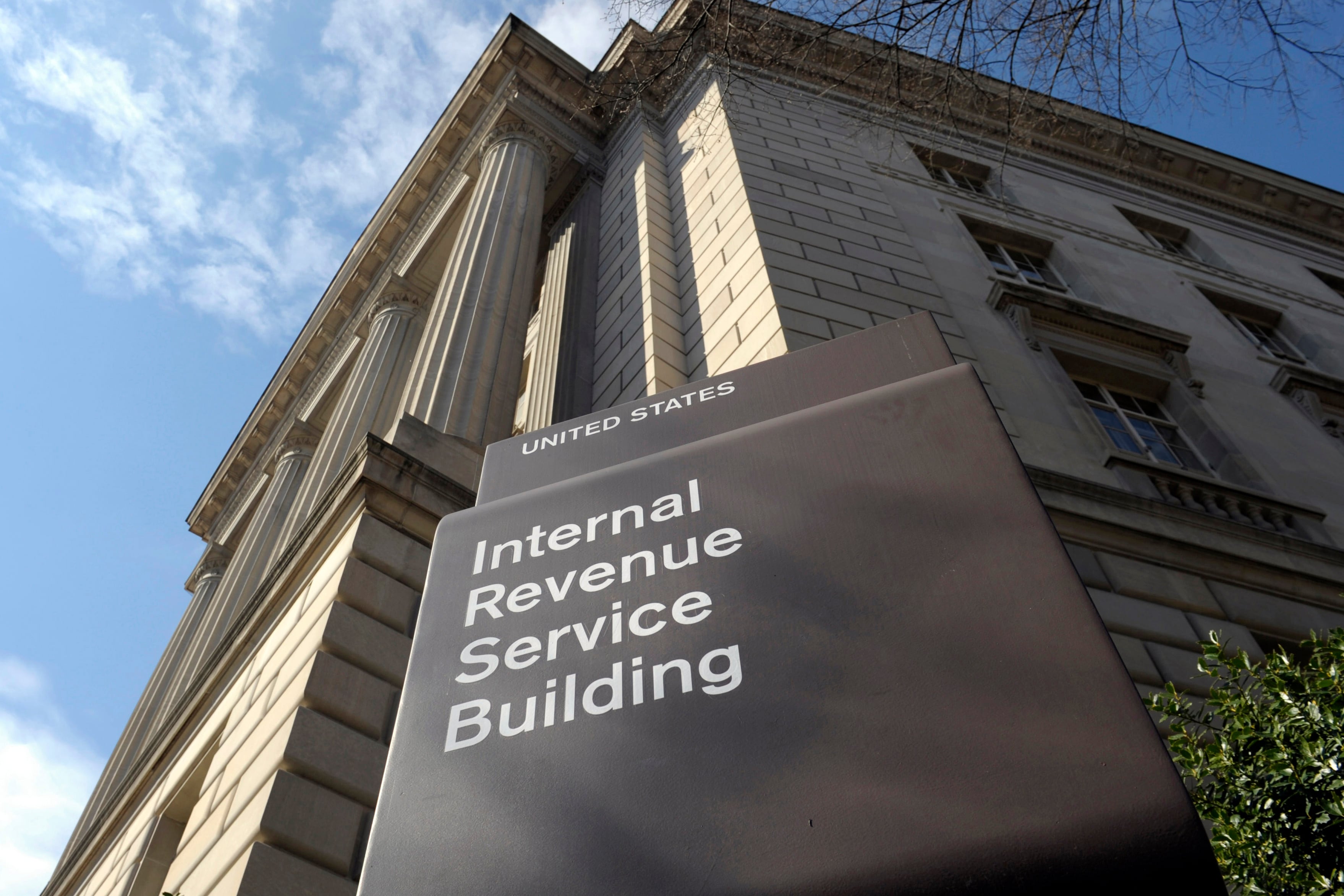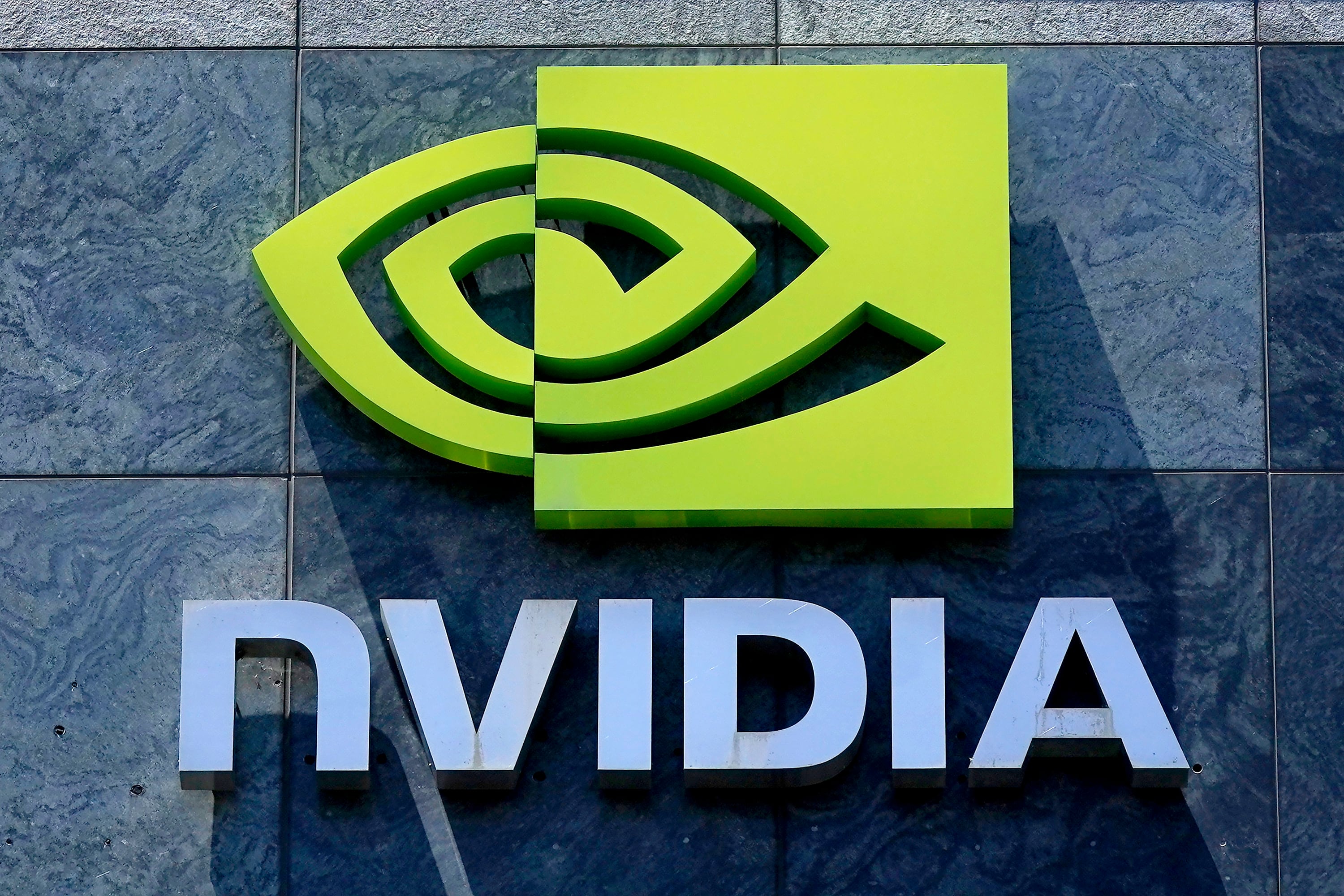By Anne D'Innocenzio
The promise of self-checkout was alluring: Customers could avoid long lines by scanning and bagging their own items, workers could be freed of doing those monotonous tasks themselves and retailers could save on labor costs.
All that has happened since the rollout of self-checkout but so has this: Customers griping about clunky technology that spits out mysterious error codes, workers having to stand around and monitor both humans and machines, and retailers contending with theft.
“Going to the grocery store used to be simple, and now it’s frustrating,” said Cindy Whittington, 66, of Fairfax, Virginia. “You're paying more. You're working harder to pay for merchandise at their store. And it’s become an ordeal to check out. I should get a 5% discount."
In 2021, self-checkout usage represented 30% of transactions, almost double from 2018, according to a survey of retailers by FMI, an industry group. And 96% of retailers surveyed offer self-checkout.
But the technology is also facing a reckoning amid the critical holiday shopping season. Some retailers are adding restrictions, while others are pulling out completely.
This past fall, Walmart removed self-checkout kiosks in three stores in Albuquerque, New Mexico as part of a location by location approach, but on the whole it is adding more than it is taking away. To reduce wait times, Target is now limiting the number of items to 10 that shoppers can scan in a handful of stores nationwide.
British supermarket chain Booths has been getting rid of its self-checkout at the majority of its stores for the past 18 months in reaction to customer backlash. A year ago, grocery chain Wegmans, citing “losses,” discontinued its self-checkout app that lets shoppers scan and bag items while they shop. However, it continues to offer self-checkout registers at its stores.
Self-checkout, first tested in supermarkets in the late 1980s, gained momentum 20 years ago. But grocers ramped it up even more three years ago to address the pandemic-induced severe labor shortages.
The Bureau of Labor Statistics says technological advances such as self-checkout and online sales have been the main driver in the declining number of cashier jobs, although there are no precise estimates on how many cashiers have been replaced by self-checkout. According to Labor Department data, there are about 1.2 million people currently working as cashiers, compared to 1.4 million in 2019 and the BLS expects the number to fall by another 10% over the next decade.
“We are at an inflection point where if Americans are willing to do this and show an interest, then stores will probably expand it because they want to slash that labor cost,” said Christopher Andrews, associate professor and chair of sociology at Drew University and author of “The Overworked Consumer: Self-Checkouts, Supermarkets and the Do-It-Yourself Economy.” “But right now they’re just seeing downside. They’re seeing frustrated customers. They're seeing increased costs and shoplifting.”
Theft is indeed an issue. Andrews said a technology that relies on shoppers to do their own scanning and punch in product quantities tempts even law abiding citizens to be dishonest. It's easy to just scan every other item or punch in codes for a cheaper item. Shoppers could also make honest mistakes, leading to losses for stores.
John Catsimatidis, chairman and CEO of Red Apple Group, owner of Gristedes and D’Agostino’s food stores in New York City, said he has no interest in self-checkout because of theft and he noted that the technology is not where it needs to be.
“Dishonest people will always find a way to slip a package through,” he said.
Still, self-checkout isn't going away, especially with still stubborn labor shortages. And plenty of people love it.
Ellen Wulfhorst, 65, said using self-checkout brings back her childhood when she played with a toy register.
“There's something childish and fun about it,” Wulfhorst said. “I get a big kick out of sliding the product across the reader, and it goes beep. There's a certain satisfaction to it.”
For Robin Wissmann Doherty of South Salem, New York, who has a progressive neurodegenerative disease and uses a walker, self-checkout makes her shopping experience easier.
The 67-year-old said she likes to shop at Stop & Shop because it has a “scan and go” technology that allows her to scan her items with a device as she shops and then tallies up her bill. She can either pay at a kiosk or at a manned register.
“The laser gun works for disabled people,” she said.
Stew Leonard Jr., president and CEO of Stew Leonard’s, a supermarket chain that operates stores in Connecticut, New York and New Jersey, said 25% of its customers use self-service. That number could be up to 50% in the next few years. He noted one-third of its registers are unmanned, but he's in a “holding pattern” and is thinking of limiting the number of items to be scanned.
Retailers have been adding cameras or sensors at kiosks to monitor shoppers.
Kroger, for example, has deployed artificial intelligence technology at a majority of stores that triggers alerts when something is amiss. For example, if a shopper fails to scan a particular item successfully, the system flags the error on the screen and prompts the customer to self-correct. If customers are unable to resolve the issue themselves, a light above the self-checkout blinks to attract workers' attention.
There have been inroads for more advanced technology.
Amazon’s Just Walk Out technology is in more than 70 Amazon-owned stores and more than 100 third-party retailers across the U.S., including airports. It uses sophisticated cameras and allows shoppers to enter the store with a credit or debit card or by simply hovering their palm over an Amazon One palm payment device, and then walk out without having to stand in line to check out. Japanese fashion retailer Uniqlo has RFID chips embedded in price tags to power a self-checkout system at its Fifth Avenue store in Manhattan, as part of a widescale rollout at its stores. Customers place their items in bins at self-service stations and pay — without having to scan items.
Still, for some workers who were supposed to be liberated from the monotonous task of ringing up customers, the tedium just comes in a different form.
Bernadette Christian, 59, a worker at Giant Food in Clinton, Maryland, mans six self-service stations at once, and she’s afraid to help or confront shoppers who she said have become angrier since the pandemic.
“It would be easy for us to be cashiers, and it would be a lot more safer in today’s world,” she said.













